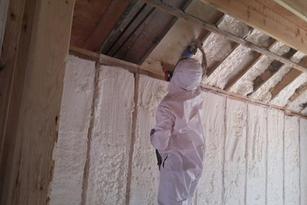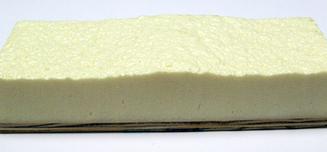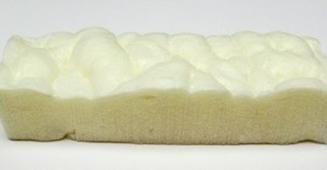 Air moves in and out of a home through every hole,crack, and crevice. Roughly one third of air infiltrates through walls, ceiling, and floors. Adding an advanced insulation system is necessary to achieve optimal building performance.
Air moves in and out of a home through every hole,crack, and crevice. Roughly one third of air infiltrates through walls, ceiling, and floors. Adding an advanced insulation system is necessary to achieve optimal building performance.
Spray foam insulation can maximize a homeowners investment by sealing the building envelope to stop conditioned indoor air from escaping and prevent unconditioned air from enteringa home. Air exchange in and out of a home is a leading cause of escalated energy bills. The mechanical systems that heat and cool buildings are continuously operating; reducing extreme temperature variations saves on the overuse of mechanical systems and leads to lower energy bills.
PRODUCTS
Closed Cell Foam Insulation
 Closed-cell spray foam insulation is one of the most efficient insulating materials commercially available, with aged R-Values above 6.0 per inch. The description “closed-cell” comes from the cell structure of the finished insulation material. One cubic inch of polyurethane foam insulation contains millions of tiny plastic closed cells filled with Enovate® 3000, a non-ozone depleting blowing agent. The blowing agent is captured within the cells which contributes to highly efficient insulating properties. In addition, closed-cell foam provides an inherent air barrier with low moisture vapor permeability, and excellent resistance to water. The density for closed-cell spray foam is approximately two pounds per cubic foot. The medium density foam provides sheer and racking strength to wall assemblies in building applications
Closed-cell spray foam insulation is one of the most efficient insulating materials commercially available, with aged R-Values above 6.0 per inch. The description “closed-cell” comes from the cell structure of the finished insulation material. One cubic inch of polyurethane foam insulation contains millions of tiny plastic closed cells filled with Enovate® 3000, a non-ozone depleting blowing agent. The blowing agent is captured within the cells which contributes to highly efficient insulating properties. In addition, closed-cell foam provides an inherent air barrier with low moisture vapor permeability, and excellent resistance to water. The density for closed-cell spray foam is approximately two pounds per cubic foot. The medium density foam provides sheer and racking strength to wall assemblies in building applications
CLOSED-CELL SPRAY FOAM INSULATION SYSTEMS, WHEN PROPERLY INSTALLED, DELIVER ENERGY SAVINGS OF UP TO 40%.
Small imperfections in the building envelope (holes, cracks, gaps) not properly sealed will eventually lead to poor building performance or worse, moisture accumulation, allergen/pathogen growth, and very possibly structural failure. The solid nature and sealing capability of closed-cell spray foam, inhibits moisture-driven elements. Two inches of closed-cell spray polyurethane foam insulation will minimize air infiltration, exfiltration, convection, conduction and control solar driven moisture in the building envelope.
Open-Cell Foam Insulation
 Open-cell spray foam insulation is a spray-applied, half pound density, non-structural, thermal insulation material used in wall cavities, floor assemblies, ceiling assemblies and in attic applications. Open-cell foam insulation is a performance upgrade over conventional insulation that leads to energy efficiency, improved occupant comfort, a cleaner indoor environment and greater noise reduction for building/home owners. Building envelopes with increased insulation levels are becoming standard practice. Consumers are increasingly involved in the selection of green building products due to rising energy costs and the recent availability of tax credits and energy rebates. Open-cell spray foam technology is a cost-effective solution to improve the energy efficiency of a building. The material expands 120 times its initial volume and fills cavities of any shape providing a continuous, protective air barrier that helps to minimize air leakage and air intrusion.
Open-cell spray foam insulation is a spray-applied, half pound density, non-structural, thermal insulation material used in wall cavities, floor assemblies, ceiling assemblies and in attic applications. Open-cell foam insulation is a performance upgrade over conventional insulation that leads to energy efficiency, improved occupant comfort, a cleaner indoor environment and greater noise reduction for building/home owners. Building envelopes with increased insulation levels are becoming standard practice. Consumers are increasingly involved in the selection of green building products due to rising energy costs and the recent availability of tax credits and energy rebates. Open-cell spray foam technology is a cost-effective solution to improve the energy efficiency of a building. The material expands 120 times its initial volume and fills cavities of any shape providing a continuous, protective air barrier that helps to minimize air leakage and air intrusion.